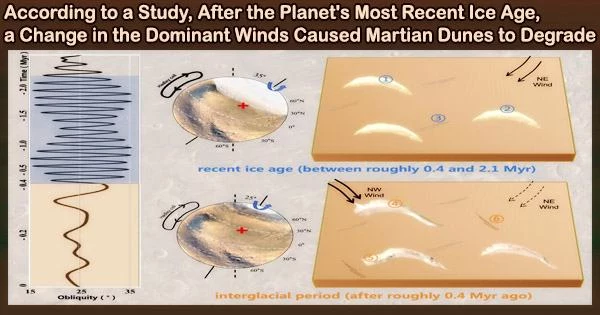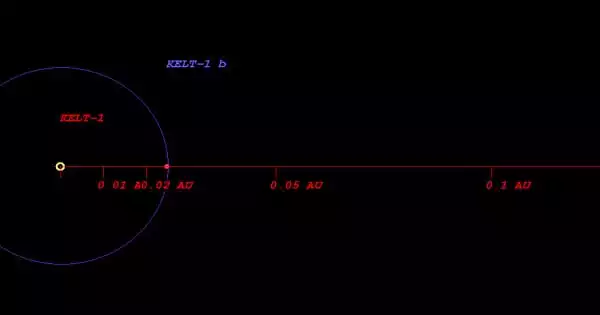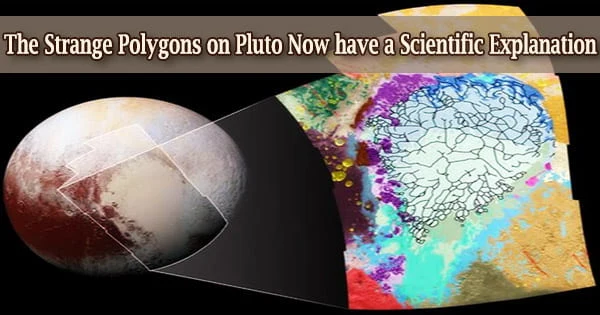The Zhurong rover’s observations of dunes in Mars‘ southern Utopia Planitia have been thoroughly analyzed, and the results indicate that the planet endured a significant temperature change that coincided with variations in the dominant winds. This change most likely took place around 400,000 years ago, at the conclusion of Mars’ most recent glacial era.
In order to determine the age of sand structures and the predominant wind directions at various locations close to the Zhurong rover landing site, researchers from the National Astronomical Observatories, Institute of Geology and Geophysics, and Institute of Tibetan Plateau Research of the Chinese Academy of Sciences evaluated the surface structure and chemical composition of Martian dunes. They worked together with colleagues from Brown University.
The team found that the prevailing wind direction on the southern Utopia Planitia shifted nearly 70° from northeast to northwest, eroding crescent-shaped dunes formed during the last glacial period into dark, longitudinal ridges after the last Martian ice age.
The study was published in Nature on July 5, 2023.
“The exploration and research on the climate evolution of Mars has been of great concern for a long time. Mars is the most similar planet to Earth in the solar system. Understanding Martian climate processes promises to uncover details of the evolution and history of Earth and other planets in our solar system,” said Prof. Li Chunlai from the National Astronomical Observatories of the Chinese Academy of Sciences (NAOC), principal investigator of the study.
Understanding the Amazonian climate is essential to explain the current Martian landscape, volatile matter reservoirs and atmospheric state, and to relate these current observations and active processes to models of the ancient climate of Mars. Observations of the current climate of Mars can help refine physical models of Martian climate and landscape evolution, and even form new paradigms.
Professor Li Chunlai
Prior studies revealed that the Martian climate has altered through time, but scientists were unable to directly measure and sample the planet’s geological formations, making it difficult to evaluate and further characterize the processes that govern the planet’s climate.
To ultimately collect in situ data directly from the Martian surface, Li’s team used high-resolution orbital cameras, the Zhurong rover’s topography and multispectral cameras, surface composition analyzers, and meteorological monitoring tools.
According to the research team, Mars’ most recent ice age ended as a result of a change in the tilt of its spinning axis. The effects of this change were subsequently captured by the morphology, orientation, physical properties and stratigraphy, or layering, of dunes on the southern Utopia Planitia of Mars, where the Zhurong rover landed.
In order to both demonstrate that the direction of the prevailing wind changed with the end of the last ice age and to enhance general circulation models, which are used to forecast finer-scale changes in seasonal wind direction, the study was meant to integrate rover-scale data of dune formations and meteorological conditions.
The presence of ice and dust layers identified at middle and upper latitudes of the planet was importantl supported by prevailing wind data and dune stratigraphy at the rover landing spot.
Characterizing the climate of Mars throughout the Amazonian period, which lasted from 3.55 to 1.8 billion years ago and continues to the present, has been a major focus of research.
“Understanding the Amazonian climate is essential to explain the current Martian landscape, volatile matter reservoirs and atmospheric state, and to relate these current observations and active processes to models of the ancient climate of Mars. Observations of the current climate of Mars can help refine physical models of Martian climate and landscape evolution, and even form new paradigms,” said Li.
In situ studies on the Martian surface have enormous scientific value, and the Zhurong rover will be busy collecting data for some time.
“We will continue to study both Amazonian and present-day climate to promote the knowledge regarding the last two billion years of Martian climate history, including its environment and processes,” said Li.















